There are music festivals, and then there are folk music festivals.
Unless you’re a fan of pizzica, a type of tarantella, you might not know the tunes at La Notte della Taranta, Italy’s biggest festival of folk music which takes place in Puglia’s Salento region in August (3-27 August, 2016). It doesn’t matter at all, though: the atmosphere is all about having fun, dancing to enthralling rhythms while soaking in the friendly community spirit and beauty of the region’s wild landscape. It’s like entering a whole new dimension, one where man and nature are in complete harmony.
Now in its 19th edition, the travelling festival counted about 300,000 visitors in 2015, with 17 concerts featuring pizzica and folk musicians hosted by as many villages over the month of August. Its main event is the closing concert, which always takes place on the last day in Melpignano. Directed in past years by the likes of Ludovico Einaudi and Goran Bregović, the last performance is characterised by a reinterpretation of traditional music performed by Italian and international artists.
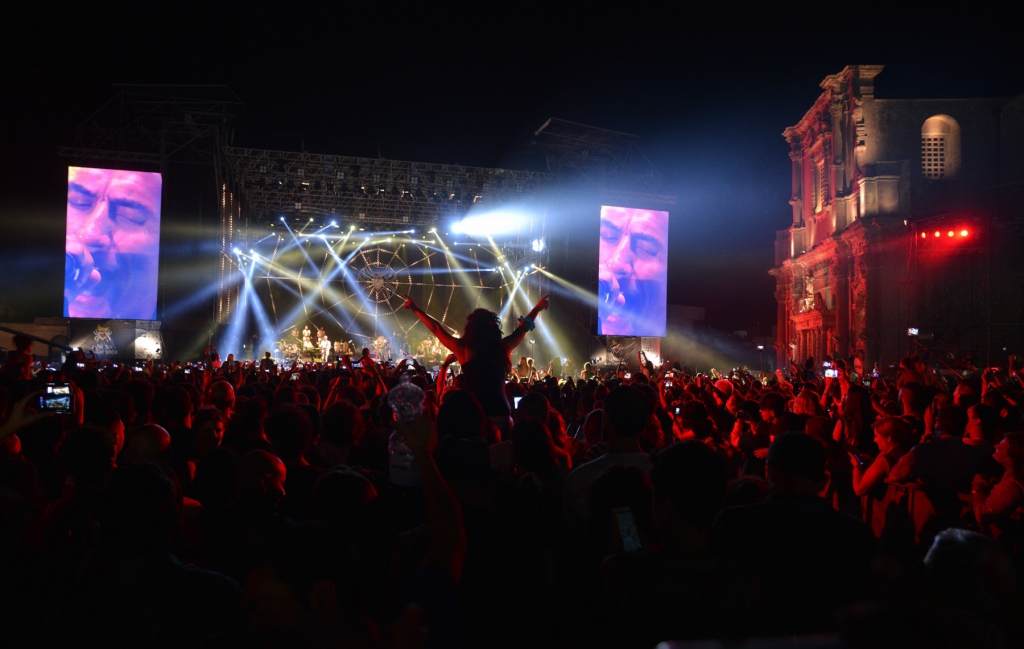
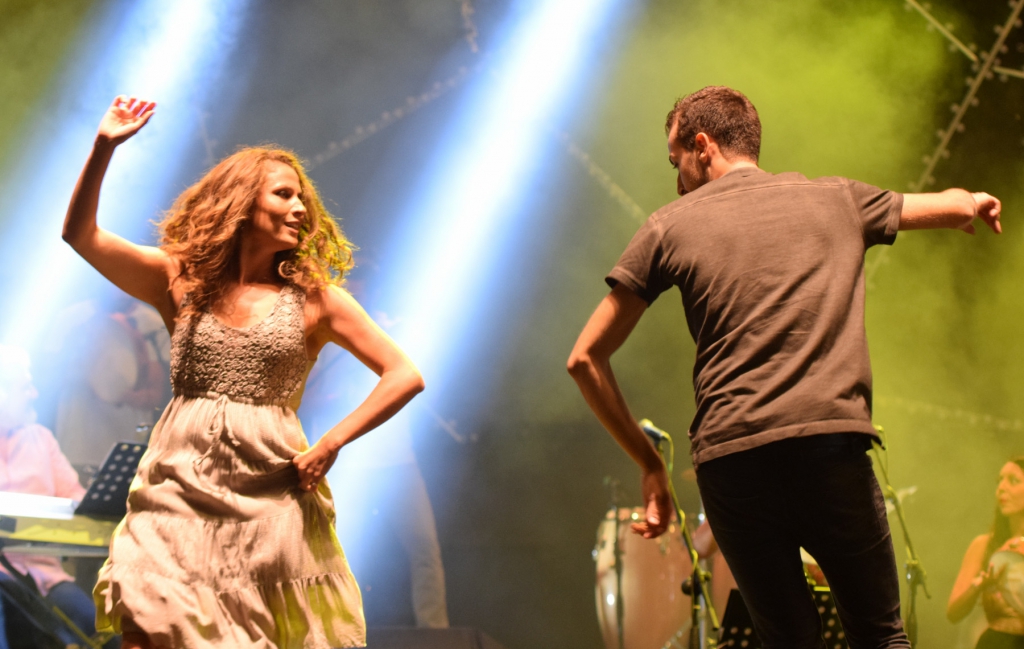
About 500,000 visitors are expected to attend the 2016 edition, whose final concert will, for the first time, be directed by a woman. Carmen Consoli is a famous Italian singer-songwriter from Sicily, a region traditionally tied to Salento in themes and dialects. Her direction sets the tone of the performance, which will focus this year on the role of women as traditional pizzica musicians.
How To Dance
The most important thing is to follow the rhythm, as the steps can be learned by watching the locals. Ladies traditionally wear long skirts and carry a scarf, the main dancing prop of many a mesmerising swirl.
Along the centuries, the dance has been tied to the superstitious belief that restless people (mainly women) had been bitten by a tarantula – the only cure was to dance it out. It is therefore almost by definition a free and liberating dance, in which the exact steps take on a secondary role.
What To Do
Explore. The Salentine peninsula, roughly defined as the ‘boot’s heel’, constitutes a linguistic and cultural region in the southern end of Puglia spanning about 5,000 square kilometres. The area is famous for its white sand beaches, turquoise waters and regional delicacies. Under the unofficial motto ‘Lu sule lu mare lu ientu’ (‘the sun, the sea, the wind’) it constitutes a proud geographical identity for its inhabitants.
So, pack a hat and sunscreen, and rent a car: as the peninsula is only 70 kilometres wide, it’s easy to explore both coasts on one trip. Some of the most famous beach locations include San Foca, Torre dell’Orso, Otranto, Castro, Santa Maria di Leuca, Gallipoli and Porto Cesareo.
The city of Lecce, also called the ‘Florence of the South’, offers stunning examples of Baroque architecture and is definitely worth a visit. Near Otranto, you can also visit a former bauxite mine (‘Cava di Bauxite’), now the site of a green lake with steep, red walls offering a great chromatic contrast to the water’s shade – a perfect chance to improve your photography skills.
Food and wine deserve a special mention: on the coast, seafood and fish are the obvious choice. In the backcountry, go for ‘lampascioni’, wild edible bulbs similar to onions, and the variety of local dishes based on vegetables and horse meat. The region is famous for its extra-virgin olive oil, so bruschetta is always a good idea. As for the wines, strong reds such as Negroamaro and Primitivo di Manduria characterise the regional terroir.
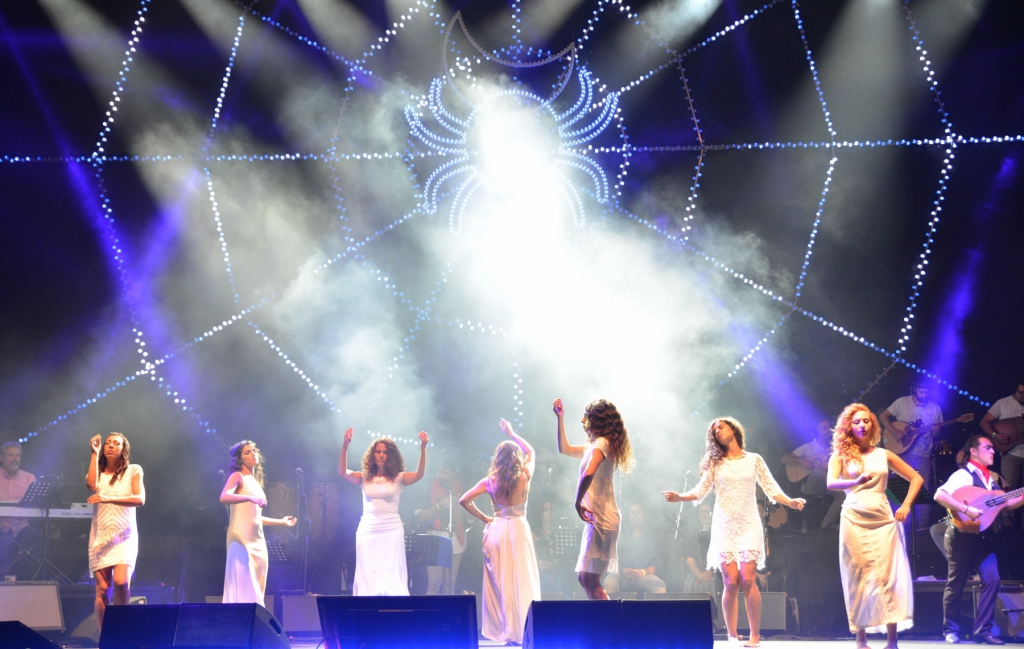
The best way to sample traditional specialities is to eat at the festival’s many food stalls, or inquire at the local tourist offices about food festivals in the area – many of them take place in August.
Don’t forget to also try the regional ‘caffè in ghiaccio’: coffee on the rocks sweetened with sugar (prior to being poured over ice) or a bit of almond milk (after pouring).
Where To Stay
There are many accommodation options in the region, ranging from private campsites to B&Bs and hotels, some even based in old repurposed farms (‘masseria’), both on the coasts – famous for their nightlife – and in the quieter hinterland. Given Salento’s high temperatures in August, consider booking an air-conditioned room or staying in the windier coastal localities.
Article by Livia Formisani
Photos: Carlo Elmiro Bevilacqua

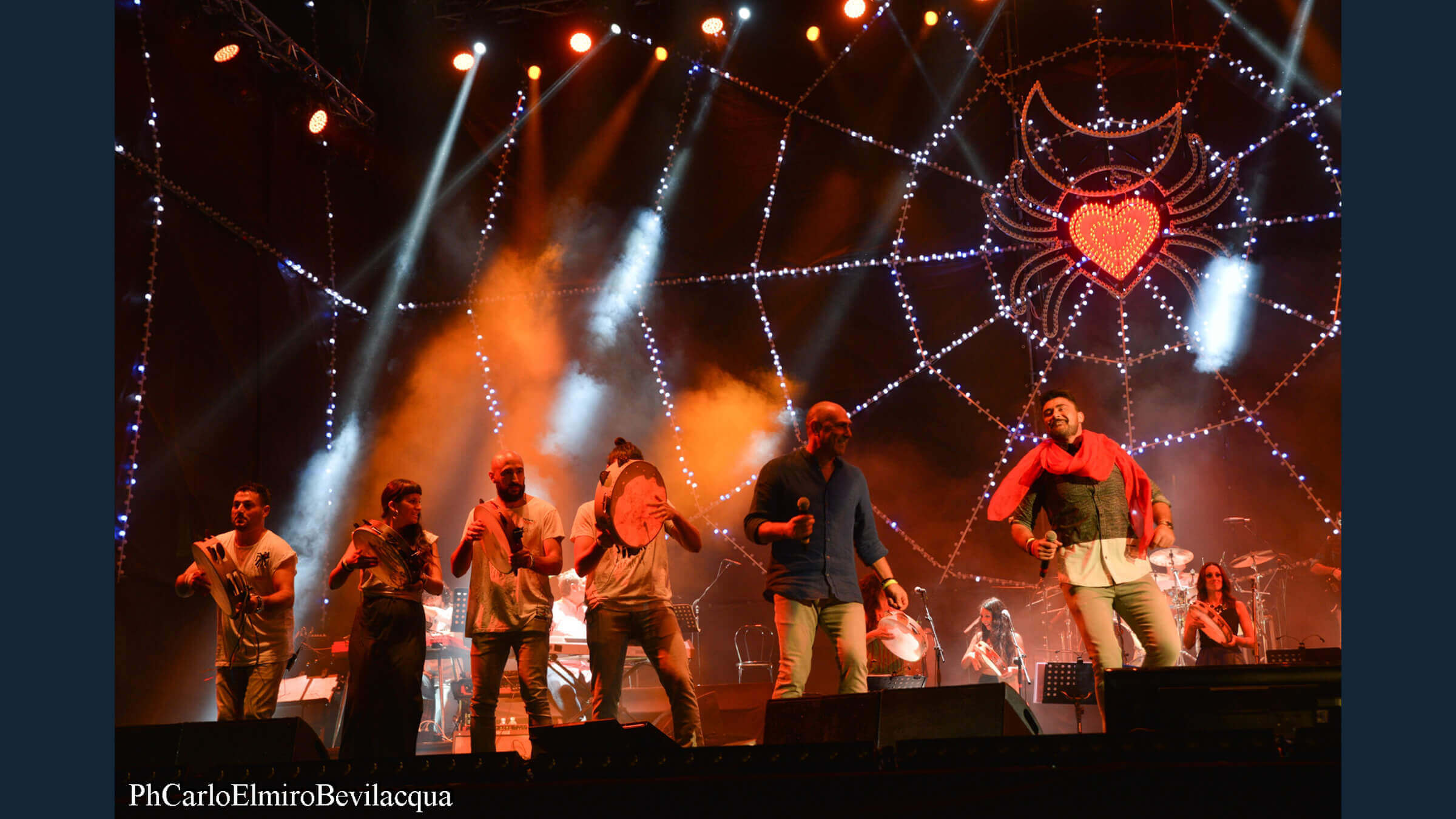
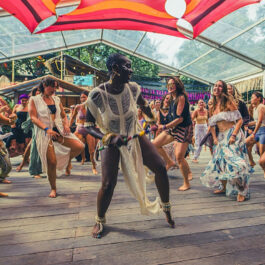


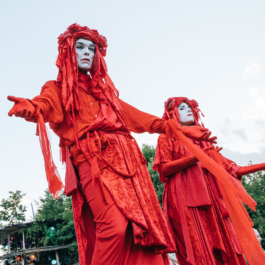


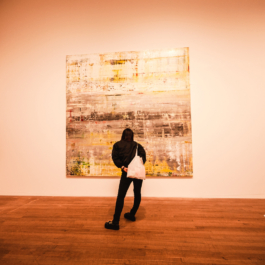



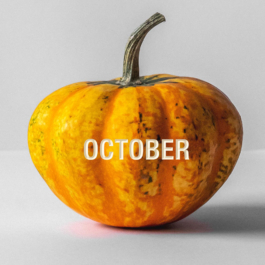
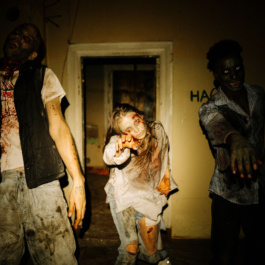
Sorry, the comment form is closed at this time.